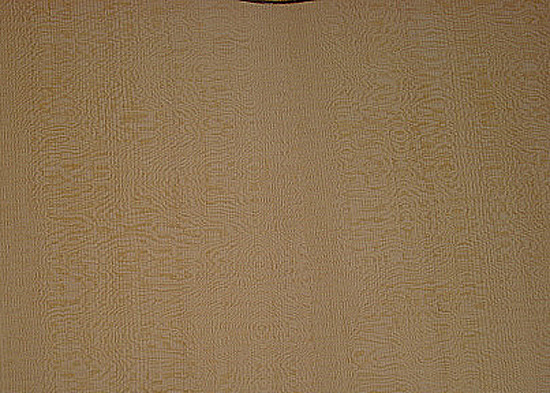You can check for runout in a top by examining the angle of the grain at both ends of the top. If there is runout, one end might have perfectly vertical grain & the other end will be off quarter.
If you see near perfect vertical grain on both ends, there is little or no runout, as long as the top was cut from split (not sawn) billets.
If the grain is off quarter a bit, & it is off quarter in the other direction at the opposite end there is runout.
Now comes the confusing part. When you flip the top end for end, if the grain *appears* to be reversed (looks like a back slash on one end & a forward slash on the other) and the angle is about the same on both ends,the runout is minimal.
If both ends *look* the same on an off vertical grain board there is runout.
Another way to check is to cut of a small piece in the waste area & bend it 'till it breaks. If you get a jagged break line, the runout is probably minimal. If it snaps cleanly at an angle across the board, you can see exactly how much runout there is.
Runout is normally caused by the tree growing with a twist. Poor milling practices can introduce runout, but this is rare, as most soundboards are cut from hand split billets.
In my meagre experience, if you can see a distinct colour shift at the centre line, the runout is fairly extreme.
I've played some beautiful guitars which had a very noticeable colour shift, & though I like to avoid these tops, they can make very fine guitars.
So... To sum up this long winded note... I would't worry about it a bit!
P.S. The only way you can see runout on the face of a top is through lack of rays or a strong colour shift. Sanding can hide your medular rays. When you finish the top, they might pop right back out at you.
So... Be of good cheer & carry on, as if we were all in our right minds!
Daniel M38820.5550694444
|


 if something has to go wrong with a top, the way the billet splits should tell us a lot more than when they're sawn right?
if something has to go wrong with a top, the way the billet splits should tell us a lot more than when they're sawn right?

